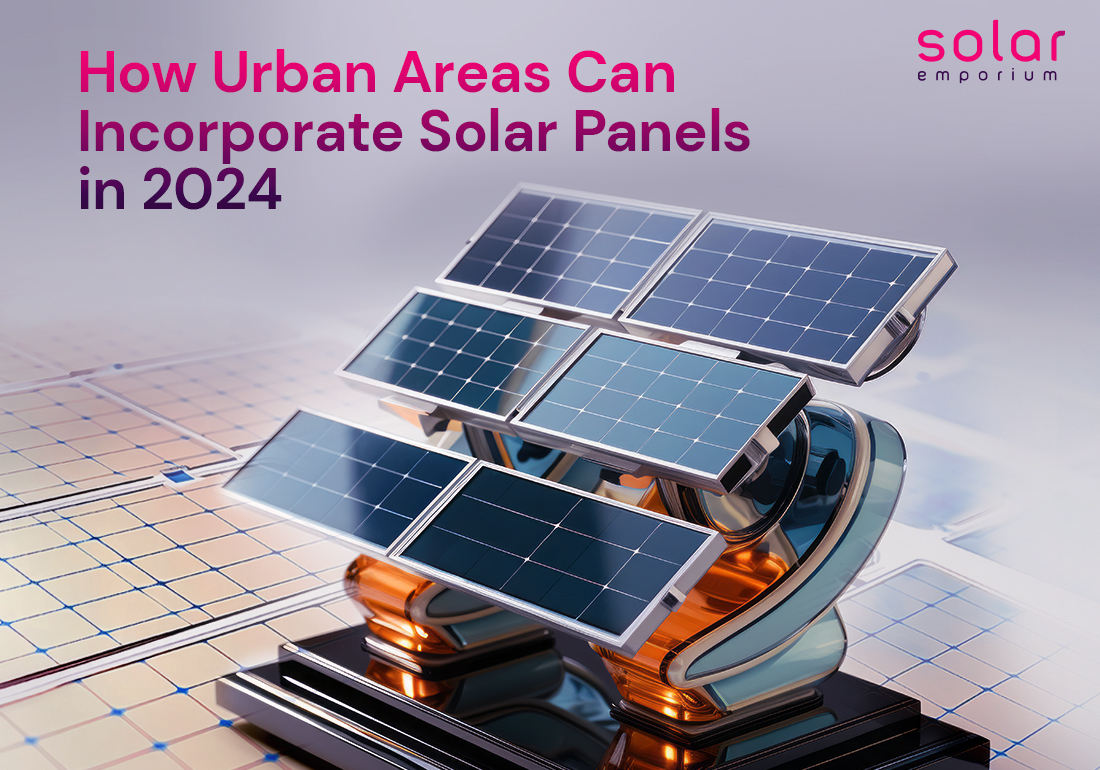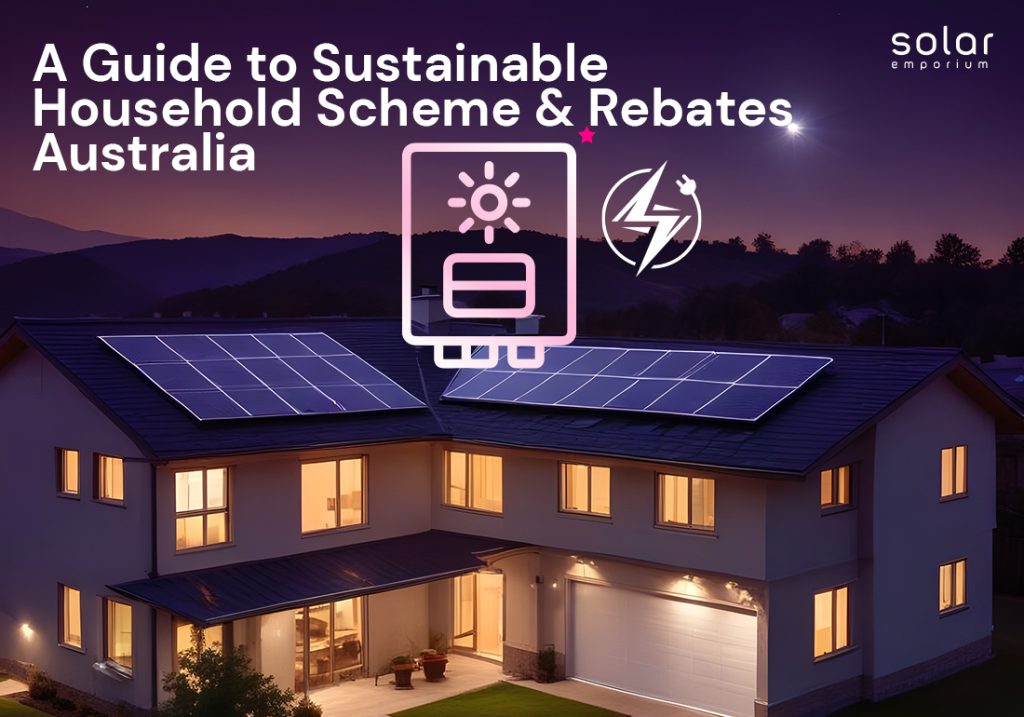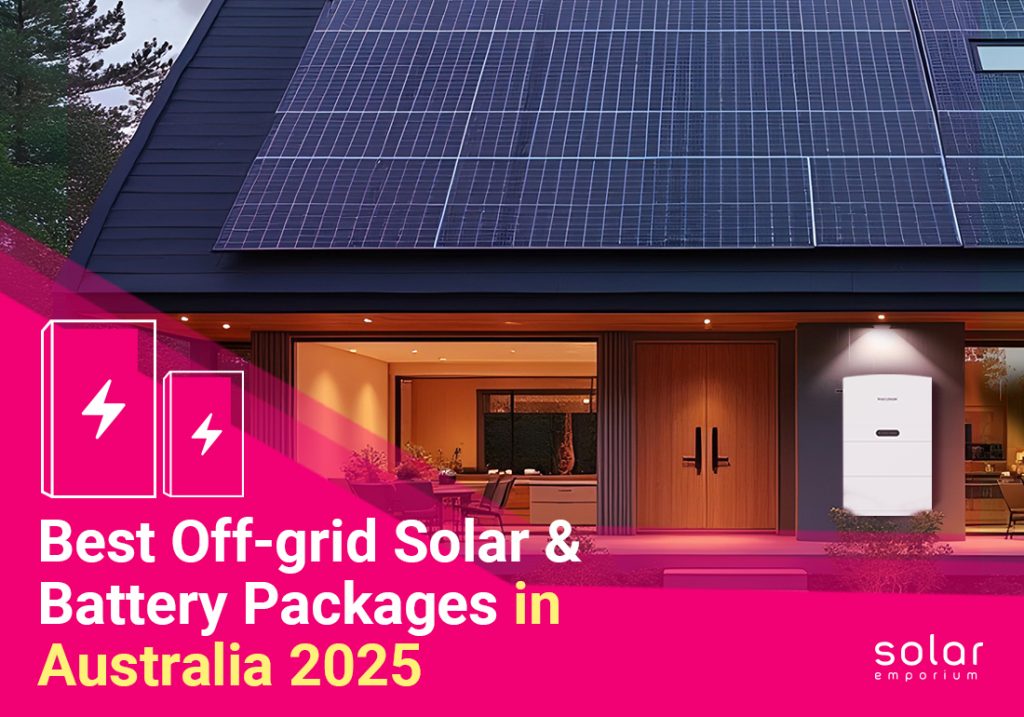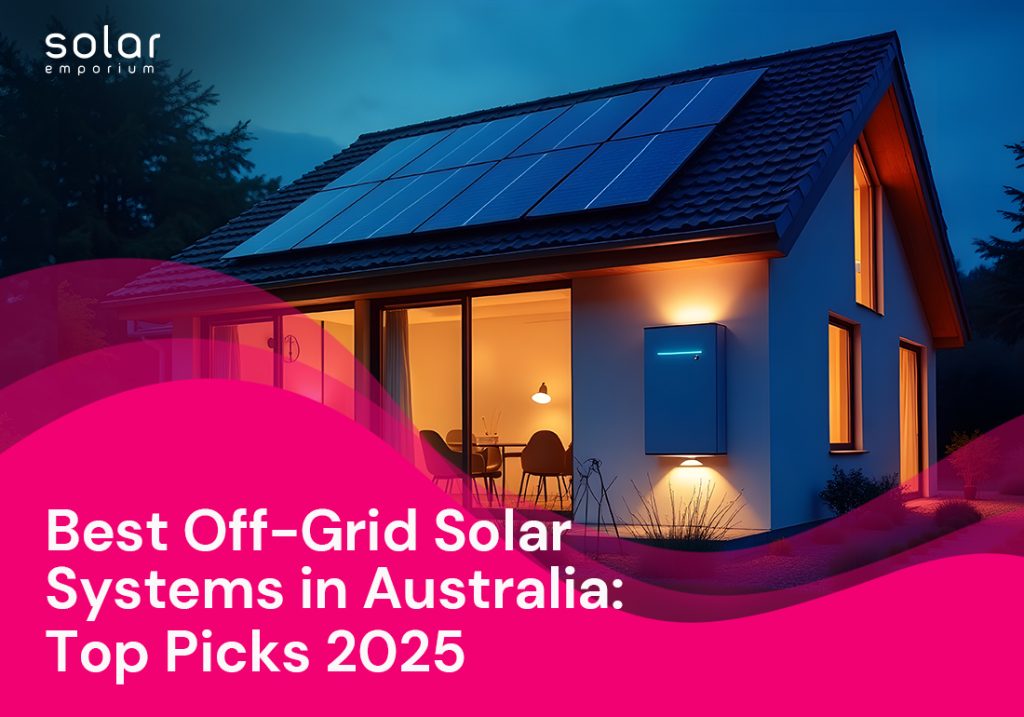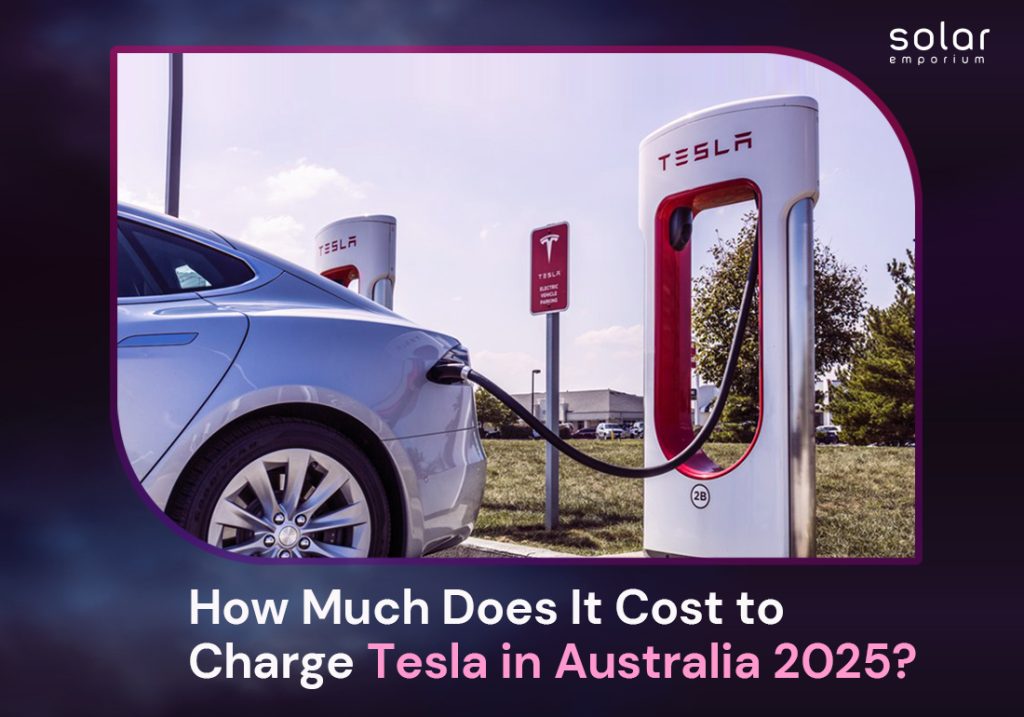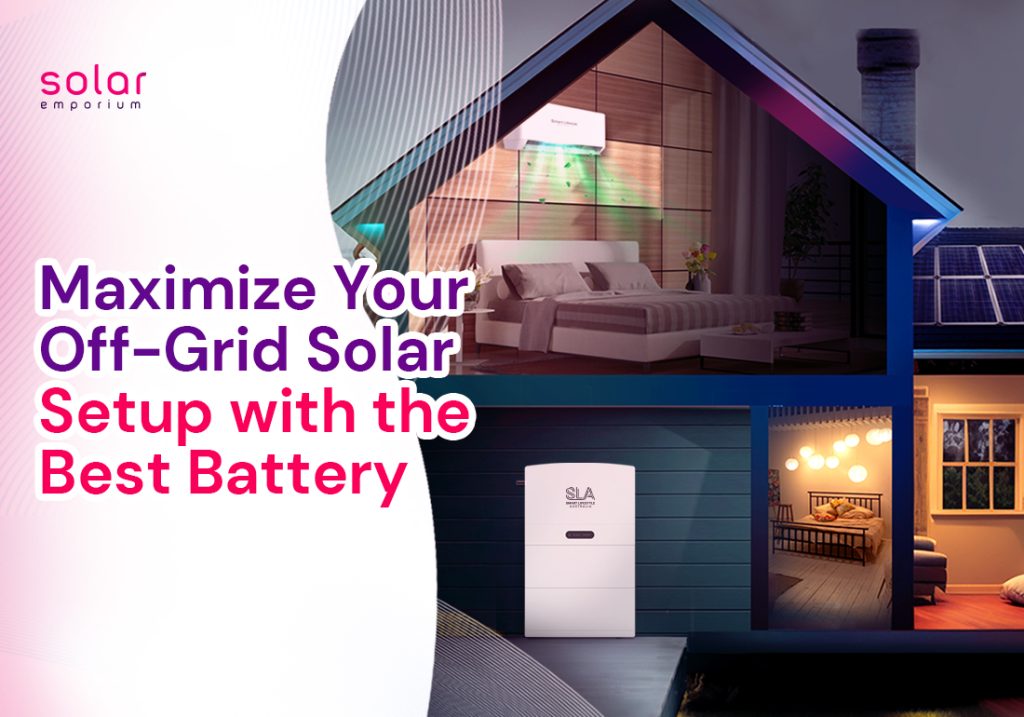While living in the bustling city of concrete, imagine walking through an alley where every rooftop is adorned with dazzling solar panels and the lush greenery cascading down the walls of the buildings.
Feels heavenly! Isn’t it?
With the advancement of technology, integrating solar with urban lifestyle is no longer a dream. You can easily foster a deeper connection with nature by reshaping urban landscapes, making them more livable and eco-friendlier.
So now the question is, how urban areas can incorporate solar panel technology and enhance the horizon of the cities to become more resilient and energy-efficient?
Let’s explore the detailed and innovative strategies for solar urbanization together!
How Solar Panel Shaping a Brighter Future?
The use of solar as a renewable energy source date back to ancient times. Many ancient civilizations used solar energy in their house architecture even before harnessing it more actively in the 19th century.
Solar brings unprecedented possibilities into people’s lives from the past to the present. It reduces the carbon footprint, mitigates energy costs, enhances energy independence, and contributes more towards sustainable development goals.
Smart Cities and Solar Energy: A Partnership for Greater Sustainability
Living in 2024, when the world is evolving faster, the demand for energy has also grown significantly over the past few years. People nowadays have become highly dependent on energy while seeking a sophisticated, comfortable lifestyle.
However, the main issue is that besides supporting modern lifestyles, this advancement often causes greenhouse gas emissions, leading to several environmental impacts.
And then there is the magic of solar energy. This provides a clean, renewable power source, paving the way for a sustainable solution to mitigate the urban energy challenge.
Combining solar with smart cities acts as a powerful duo for creating a sustainable, eco-friendly future.
But unfortunately, the potential of this clean, free, accessible, endless energy source of the sun remains untapped in most cities.
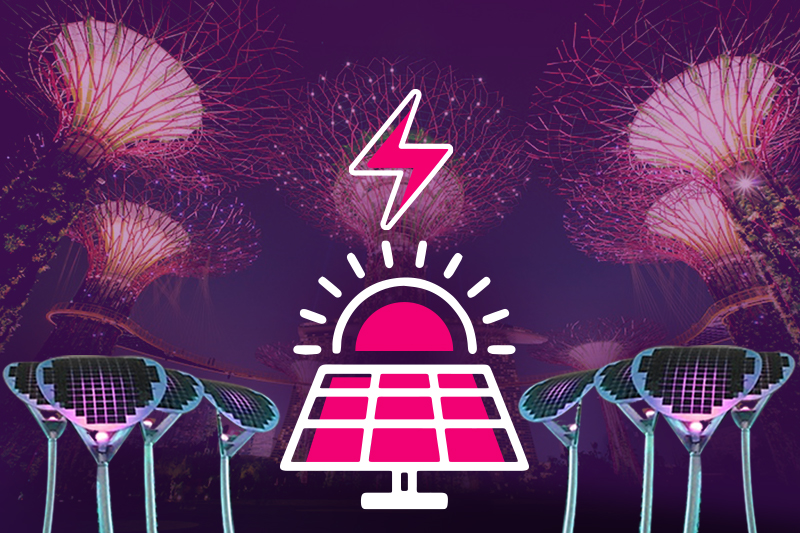
Unveil the Facts: How Solar Benefit Urban Infrastructure?
Incorporating solar panels in urban areas and setting boundaries against unsustainable practices can be a real game changer.
From reducing environmental effects to creating jobs, solar brings numerous benefits to the city. It shapes the city in a better way and helps to create a more vibrant, eco-friendly, and energy-efficient community.
So, here we have jotted down the compelling benefits of integrating solar panels with urban areas:
- Reduce carbon footprints
Dreaming of living in a pollution-free city? It’s all possible now just by simply going on solar. Integrating solar with urban infrastructures can cut greenhouse gas emissions and ensure a healthier, pollution-free life.
- Ensure energy security
Cities nowadays depend highly on fossil fuels to meet their energy demand. But what if the fuel cost escalates and the interruption in supply creates global chaos? There comes the blessing of solar power in urban life.
With solar panels and the best solar batteries, urban people don’t have to rely on other sources and can generate their electricity independently.
- Create Economic and Job Opportunities
Solar energy powers up urban lives in different ways. It creates diverse employment opportunities in the manufacturing, repair, and maintenance fields and helps people find suitable careers.
The solar industry contributes a lot to bringing economic stability while at the same time giving people a sense of relief from extreme job crises.
- Increase the property value
In Australia, installing solar panels in the infrastructure can significantly increase property prices. It can be seen as an investment by the homeowner, which
- Mitigate Energy Cost
With solar, the long-term savings are massive! After the upfront cost, the solar is all free for a lifetime. It saves your energy bills and makes you financially sound.
- Offers flexibility and enhanced Grid scalability
Solar panel distribution in urban communities is a great way to reduce reliance on the electric grid. It assures grid stability and lessens the overloading issues that cause frequent grid failure and blackouts.
- Minimize the urban heat effect
Due to human activities, infrastructures, constrained space, and overcrowding, urban areas are usually much warmer than rural areas.
Thus, installing solar panels in these city areas offers rooftop shading, minimizes heat absorption, and brings a cooling effect inside the buildings. It both reduces the city temperature and the heat island effect.
- Create a sustainable Urban community:
Urban solar panel installation can educate people more about renewable energy and engage them with the goals of sustainable energy solutions.
By building community solar projects, urban people can promote sustainability and ensure its accessibility to the masses.
Best Design and Installation Practices of Solar for Urban Infrastructures
The rapid urbanization of cities requires significant investments in infrastructure and building projects to accommodate their growing populations.
Some strategies make solar installation easy and attractive for urban infrastructures and help the city by remaining clean and green.
Let’s discover how urban areas are transforming with solar panels by integrating them into building designs, maximizing rooftop use, and producing clean, green energy.
Buildings and Rooftops
Public Spaces and Facilities
Transportation and Traffic Systems
Recent reports say approximately 19% of Australia’s total greenhouse gas emissions come from transportation. As a solution, the adoption of electric vehicles is increasing day by day. It can work simply by charging with solar-generated electricity. So, this enhances the overall sustainability in the transport sector.
Similarly, Solar panels are also used to power traffic signals and road signs. This helps ensure stable performance and comparatively reduces maintenance costs.
Parking Lots
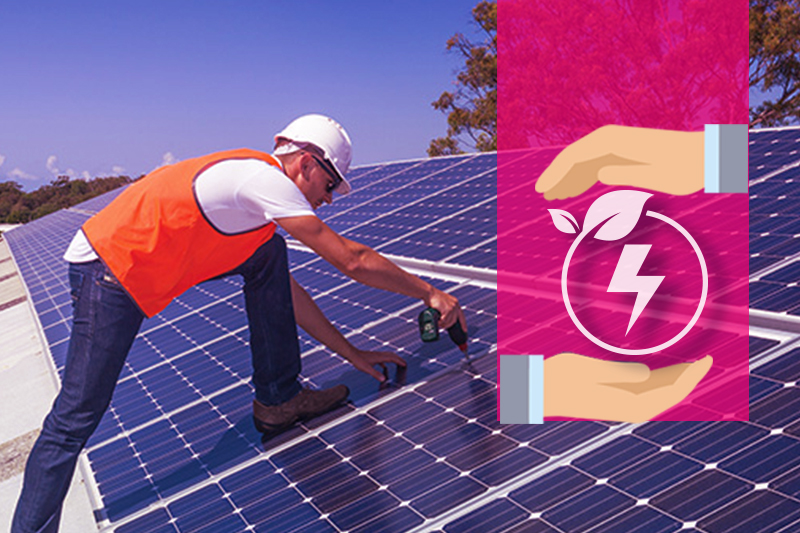
Navigating the Challenges of Installing Solar in Cities of Australia
While stepping into the solar world can be a fantastic opportunity to save our planet from potential harm, its development phase comes with many challenges and limitations.
Wondering what are those, and how to address them effectively?
Here are the challenges along with some practical solutions for installing solar panels into the urban lifestyle:
High Upfront Cost and Financial Barrier
- Challenges: Solar panels in urban areas have significantly reduced energy costs and helped to minimize the reliance on national grid electricity. However, the issue that often makes people reconsider the purchase is the higher upfront cost.
- Solution: People with limited budgets can seek government incentives and rebates. They can also apply for community solar programs if they cannot install solar panels individually.
Limited space and Shading:
- Challenges: As cities evolve faster and more people move towards them for a modern, quality lifestyle, space has become a growing concern. Moreover, shades of skyscrapers and tall trees are the other obstacles that limit sun exposure and immensely reduce the solar panel’s efficiency.
- Solution: Ensure proper installation by using advanced solar technologies from solar experts. Install bifacial panels that capture sunlight from both sides, use microinverters, or integrate BIPV (Building-Integrated Photovoltaics) systems to turn your buildings into power generators.
Integration with Existing infrastructures:
- Challenges: Structural limitations can be another challenge when adding solar panels to a building. The building might be outdated or have space issues, and the technology used in its design might not be compatible with the new solar panel system installation.
- Solution: Conduct a proper audit assessment of your infrastructure from certified solar experts to know whether your roof is compatible with solar installation. If not, explore alternative options like solar canopies, vertical mounting processes, or BIPV to add visual appeal to your building.
Building Appearance:
- Challenges: Integration of solar panels in urban areas can be concerning for property owners and local communities. Improper design and blending can disrupt the building’s architectural view and make people less interested.
- Solution: It’s better to have a preliminary consultation with the architects and solar engineers to make your building attractive and efficient with innovative ideas.
Grid Integration:
- Challenges: Electrical grids and infrastructure in Australia have their own set of rules and regulations for grid connectivity. Besides that, most grid systems are outdated and can fail to function correctly due to additional load, voltage regulations, or upgrades.
- Solution: Upgrade and stabilize the grid infrastructure to increase efficiency and flexibility. Introducing smart grid technologies can also be an excellent way to improve grid management.
5 Top Solar Panel Innovations for Enhancing Urban Sustainability
Solar energy is undoubtedly a lucrative option for Australian people, and with the latest innovations, this energy field has become even more reliable and promising.
So here are the top innovative solar panel technologies that help to drive sustainability and build an eco-friendly urban life.
- Building-Integrated Photovoltaics (BIPV): In this system, solar panels are integrated with facades, rooftops, or windows, which maximizes the production of clean energy and reduces material costs by serving as a building part.
- High-Efficiency and Flexible Solar Cells: Solar panels with high efficiency and flexibility can be ideal for urban environments with diverse architectural styles. It can be placed anywhere with good sun exposure and generates the maximum output from a limited space.
- Transparent Solar Panels: With these sleek, high-tech transparent solar panels, your windows and glass facades can now also generate electricity. Sounds crazy, right? The panels allow light to pass through them, producing a generous amount of electricity.
- Integrating Energy-Storage System: Batteries can be an excellent addition to store your electricity for later use. Installing batteries like Telsa Powewall, Alpha ESS, or Sungrow with your system ensures a reliable power supply even when the sun isn’t shining. It enhances energy resilience in urban areas.
- Smart Solar Tracking Systems: with these systems, urban people can easily tilt, shift, or adjust their solar panels to obtain maximum sun exposure. It enhances the panel’s efficiency and makes the investment worthwhile by producing maximum electricity.
Government Policies and Incentives for Urban Solar Panels
Currently, around 40% of Australian households have solar panels installed, and the number is increasing significantly day by day. While focusing on sustainable urban development goals, the country’s high solar adoption rate makes it a global leader.
However, the Australian government also plays a crucial role in making the solar panel installation process more pronounced in urban areas.
They are creating different policies, leading campaigns, and reducing the higher upfront cost of solar installations.
For example, the Small-scale Renewable Energy Scheme (SERS) and Renewable Energy Target (RET) provide financial aid by distributing certificates. These certificates can be sold to avail the green sources of energy.
Similarly, state-based solar incentives, feed-in tariffs (FiTs) policy, green loans, and financing programs are the other ways to reduce the financial burden of initial investment.
So, what else? With all these empowering home programs, when stepping into the solar world, money isn’t a problem anymore.
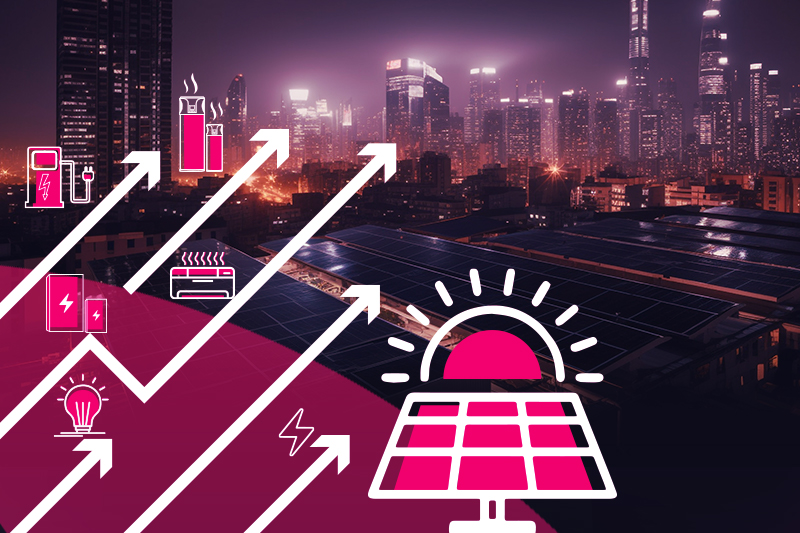
Future Trends in Urban Solar Technology: What’s Ahead?
With groundbreaking technologies and the advancement of solar panel material the future of solar energy seems more promising and brighter.
The emergence of Perovskite Solar Cells, Bifacial Solar Cells, Hydrogen Fuel Cells, high-capacity, long-lasting batteries, and Building-Integrated Photovoltaics BIPV systems has made solar a star player in the global market.
Prioritizing modern solar energy technologies in urban planning and architecture increases their efficiency and makes them versatile and attractive options for households in Australian cities.
And with these continuously evolving solar energy trends, many more exciting innovations are on the horizon.
So, if you’re ready to be part of the cities powered by solar energy, now’s the time to jump in!
Contact Solar Emporium! Embrace today’s solar revolution and contribute to a brighter, cleaner future for urban areas.
